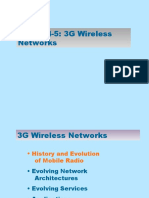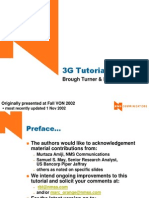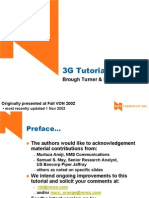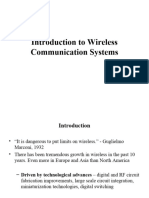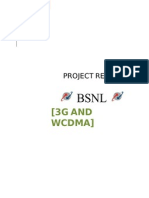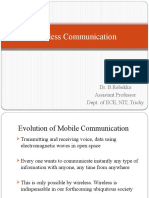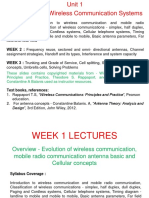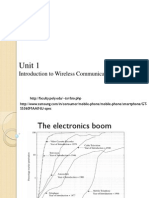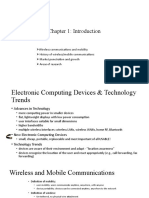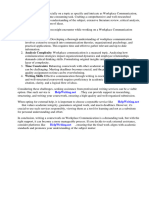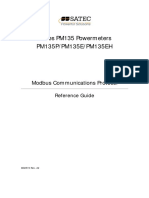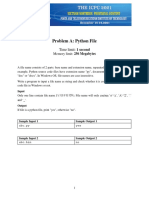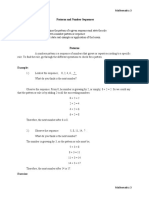0% found this document useful (0 votes)
20 views25 pagesChapter 1 - Introduction
The document provides an overview of the evolution of wireless and mobile computing, highlighting its foundational role in pervasive computing. It details the history of mobile radio communication from its inception in the 1880s to the development of various generations of wireless systems, including 1G to 3G technologies. The text also discusses the characteristics and applications of different wireless technologies, emphasizing their versatility and the importance of infrastructure in mobile communication.
Uploaded by
prativaoli884Copyright
© © All Rights Reserved
We take content rights seriously. If you suspect this is your content, claim it here.
Available Formats
Download as PPTX, PDF, TXT or read online on Scribd
0% found this document useful (0 votes)
20 views25 pagesChapter 1 - Introduction
The document provides an overview of the evolution of wireless and mobile computing, highlighting its foundational role in pervasive computing. It details the history of mobile radio communication from its inception in the 1880s to the development of various generations of wireless systems, including 1G to 3G technologies. The text also discusses the characteristics and applications of different wireless technologies, emphasizing their versatility and the importance of infrastructure in mobile communication.
Uploaded by
prativaoli884Copyright
© © All Rights Reserved
We take content rights seriously. If you suspect this is your content, claim it here.
Available Formats
Download as PPTX, PDF, TXT or read online on Scribd
/ 25





